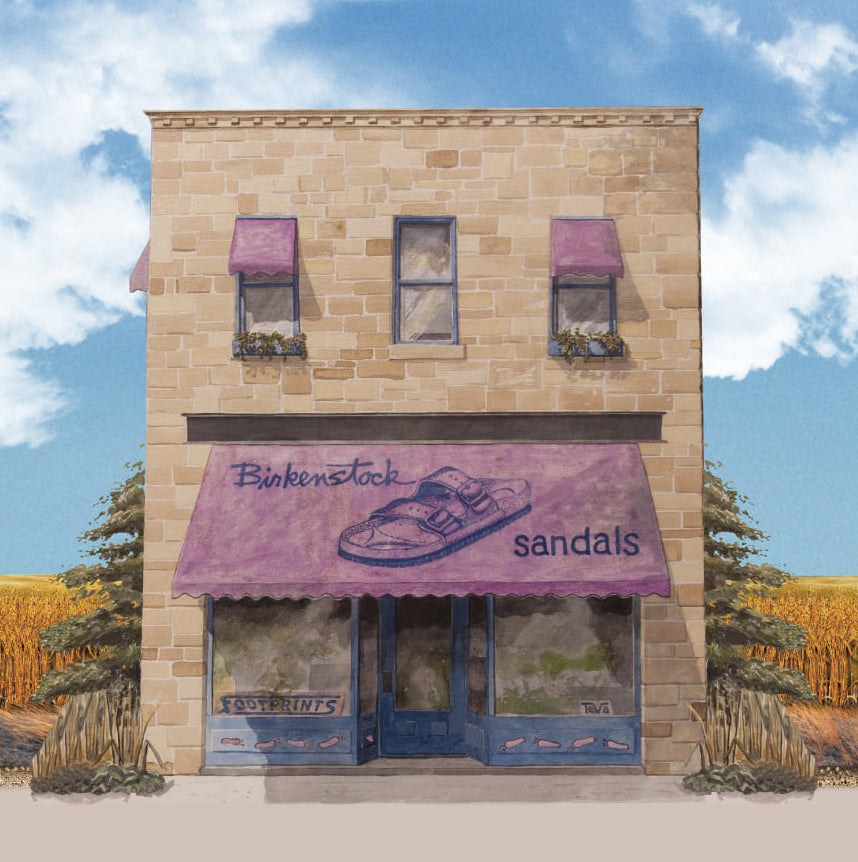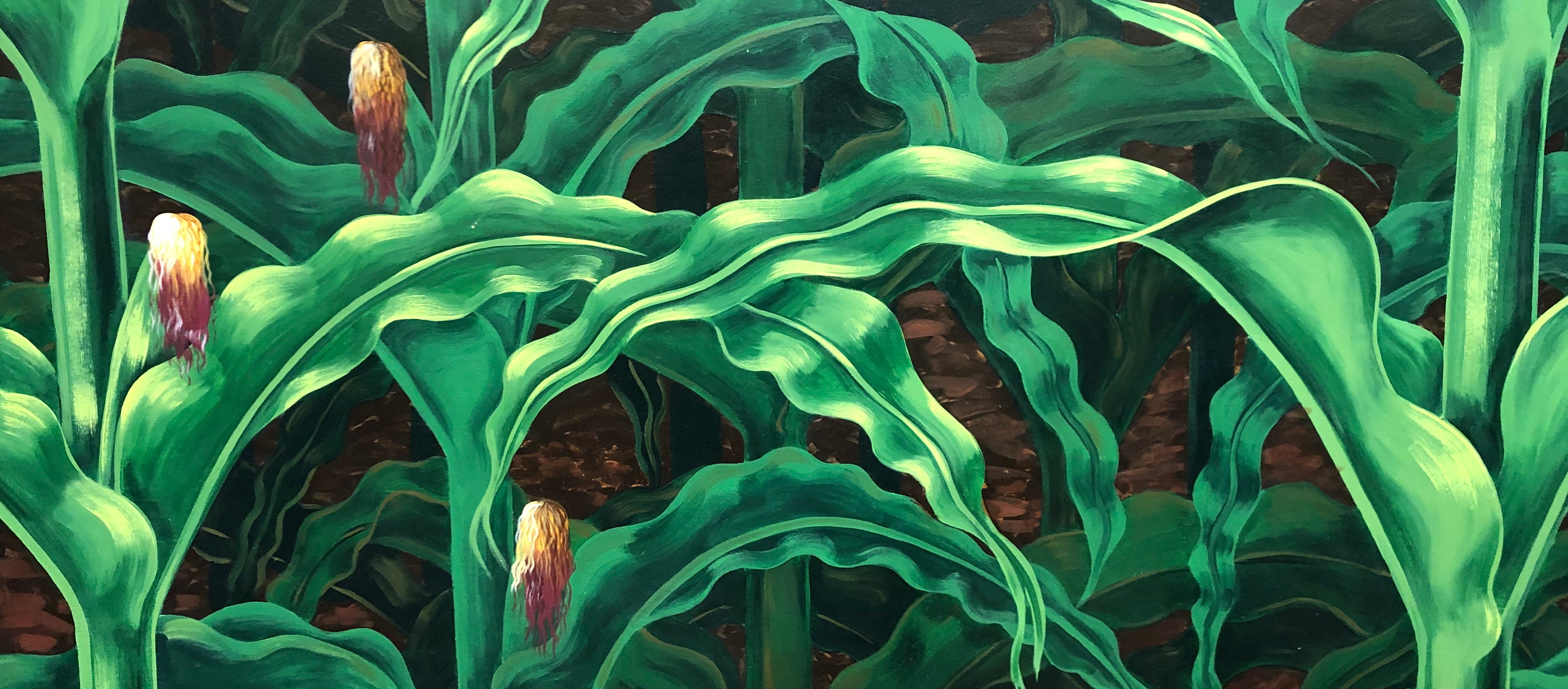My mother received her degree from the University of Kansas in entomology. Therefore, I spent much of my childhood running around our yard with a butterfly net chasing monarchs, red spotted purples, swallowtails and a variety of other butterflies. I also raised monarch caterpillars, feeding them on milkweed. I was fascinated watching them form their chrysalis and then emerge as adult butterflies. Later for a school project I raised silkworms which feed on mulberry trees of which we had plenty in our yard. Like magic, with time and patience, these fat caterpillars transform mulberry leaves into silk. What a wonder! When college came around, I did a research project about the Japanese silk trade in the 1870s. All of these experiences made me interested in discovering what remains of Silkville, Kansas.

Kansas is full of ghost towns. Places which represented the hopes and dreams of groups of people with a common purpose. But try as they might, frequently these towns were just not viable. Most towns were formed by organizing a group of people somewhere in Europe with a common ethnicity, language and religion. After doing a little research, they would pack up their belongings and head for some part of Kansas to construct their future.
The town of Silkville was a utopian socialist community founded by a French aristocrat named Ernest Valeton De Boissiere. He put up the money to buy more than 3,000 acres of rolling farmland a few miles southwest of the town of Williamsburg. He recruited 40 French families to join him in his utopian dream. They built with limestone, since it was readily available, fences, a church, a barn and a cocoonery to raise silkworms.

They planted 8,000 mulberry trees as well as thousands of peach trees and grape vines. It had the potential to be a fabulous estate of which everyone could share the bounty. They built a 60-room "chateau" where everyone lived in a communal fashion. By all accounts the quality of their silk was quite good. However, there was already a global silk market and the Japanese, Chinese and French beat them on price. De Boissiere's dream was about to collapse. They tried raising cattle, producing cheese and other activities but failed to make it profitable. Gradually commune members left and were assimilated into the surrounding communities. De Boissiere returned to France.

They did choose a serene and beautiful setting to locate their commune. From hilltops you can discern the layout. The "chateau" is no longer there. It burned to the ground a long time ago, but the school, barn, cocoonery and some limestone fences still remain, as do mulberry trees dotting the landscape.

You can see the school from the adjacent county roads, but be aware that the few remaining Silkville structures are on private land.

If interest in history, silk or scenery is not enough to draw you in, you should know that one of the best barbeque joints in Kansas is just 2.6 miles away, Guy and Mae's Tavern in Williamsburg.

Take a walk with Birkenstock.






















